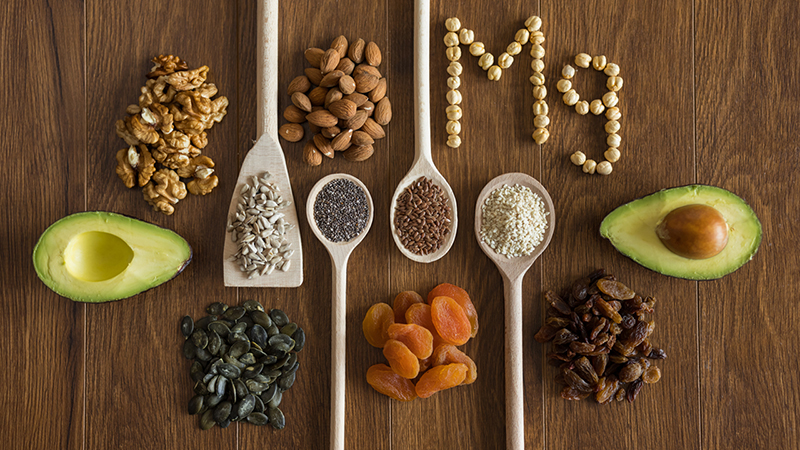Are You Being Fooled by Food Labels?
Decoding the Claims
Published November 2024
What do foods with “calorie-free” and “sugar-free” labels have in common? They may contain calories and sugar.
“It’s important to be aware that what’s on the face of a food package may not reflect the nutrition facts label on the back,” says Nancy Zawicki, MS, RDN, LDN, a dietitian at Northwestern Medicine. “You can’t trust front label lingo. Nutrition facts are the FDA facts.”
It’s important to be an educated consumer.— Mary Zupke, MS, RDN, LDN
For someone who is closely watching what they eat for weight loss or to manage symptoms of a disease like diabetes, it’s imperative to look beyond the flashy labels and read the fine print.
Label Lingo: What You Need to Know
Several vague terms can be used to describe the amount of nutrients, cholesterol, fiber or calories in a food product. “It’s important to note that these label lingo terms are not necessarily false, but do not show the whole picture,” says Mary Zupke, MS, RDN, LDN, also a dietitian at Northwestern Medicine. “These terms are meant for increasing sales or for consumers to make quick comparisons at the supermarket, but do not tell the whole nutrition story of a food.
Here’s a closer look at what those labels actually mean.
What Does “Free” Mean?
The Food and Drug Administration (FDA) allows the use of “free” to be used if an amount is so small that it will probably not affect your body.
For example:
- “Calorie-free” means five or fewer calories per serving.
- “Sugar-free” means 0.5 g of sugar or less per serving. These foods may include both natural and added sugar and often contain artificial sweeteners.
- “Fat-free” means 0.5 g of fat or less per serving.
The Lowdown on “Low”
The term “low” varies for the type of nutrient.
- Calories: 40 calories or fewer per serving size for snack foods and 120 calories or fewer per 100 g for meals and main dishes.
- Fat: 3 g or less per serving.
- Saturated fat: 1 g or less per serving, or fewer than 15 percent of calories from saturated fat.
- Cholesterol: 20 mg or less per serving.
- Sodium: 140 mg or less per serving.
- Carbohydrates: There is no FDA definition for “low-carb” at this time.
The Truth About “Reduced”
The term “reduced” means that something contains at least 25% less of a nutrient than one serving size of the regular version of the food. “Reduced” can be used to describe:
- Calories
- Total fat
- Saturated fat
- Cholesterol
- Sodium
- Sugar (Note that the claim “no sugar added” means that no sugar or ingredient containing sugar, such as concentrated fruit juice, was added during processing.)
Shedding Light on “Light”
The term “light” can describe a food with 1/3 fewer calories or 50% less fat than the traditional version. “Light” can also apply to sodium. “Lightly salted” or “Light in sodium” means that the salt or sodium has been reduced by 50% as well. It’s important to note that food labels may also use “light” to describe texture and color.
Other Label Lingo
“High” means that something contains 20% or more of the recommended daily value per serving.
“Good source” indicates the product contains 10% to 19% of the recommended daily value for the nutrient per serving.
“More” means that something contains at least 10% more of the recommended daily value per serving than the regular version of the food. This term can only be used for:
- Vitamins
- Minerals
- Protein
- Fiber
- Potassium
“Lean” is used to describe meat or poultry with less than 10 g of fat, 4 g of saturated fat and 95 mg of cholesterol per 3-ounce portion.
“Extra lean” describes meat or poultry with less than 5 g of fat, 2 g of saturated fat and 95 mg of cholesterol per 3-ounce portion.
“Instead of being enticed or deterred by claims on the front labels, try to see food for what it really is: a means of fueling our bodies,” says Zupke. “At the end of the day, it’s important to be an educated consumer so that these sneaky label lingo terms don’t get in the way of your lifestyle goals.” Zawicki adds that nutrition facts labels are there to help you make informed choices about food and are key to public health and safety.






